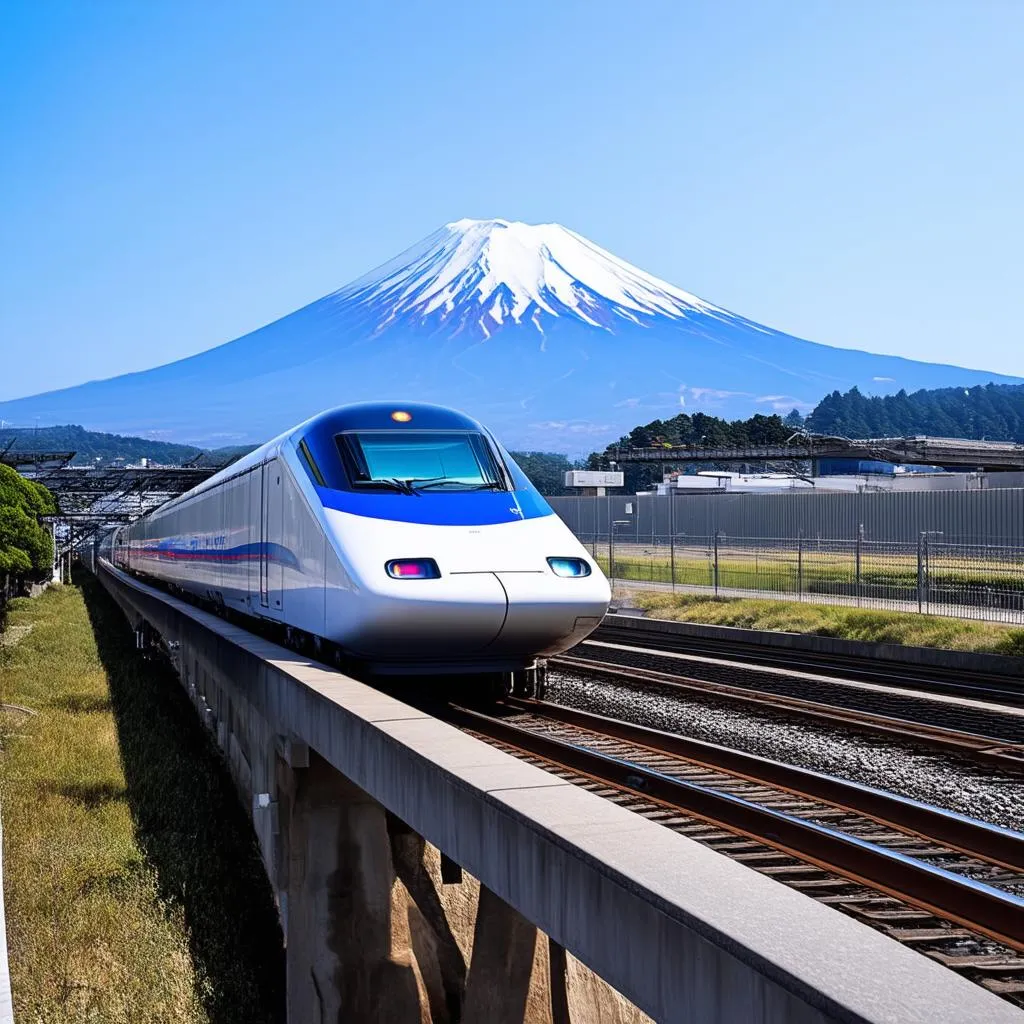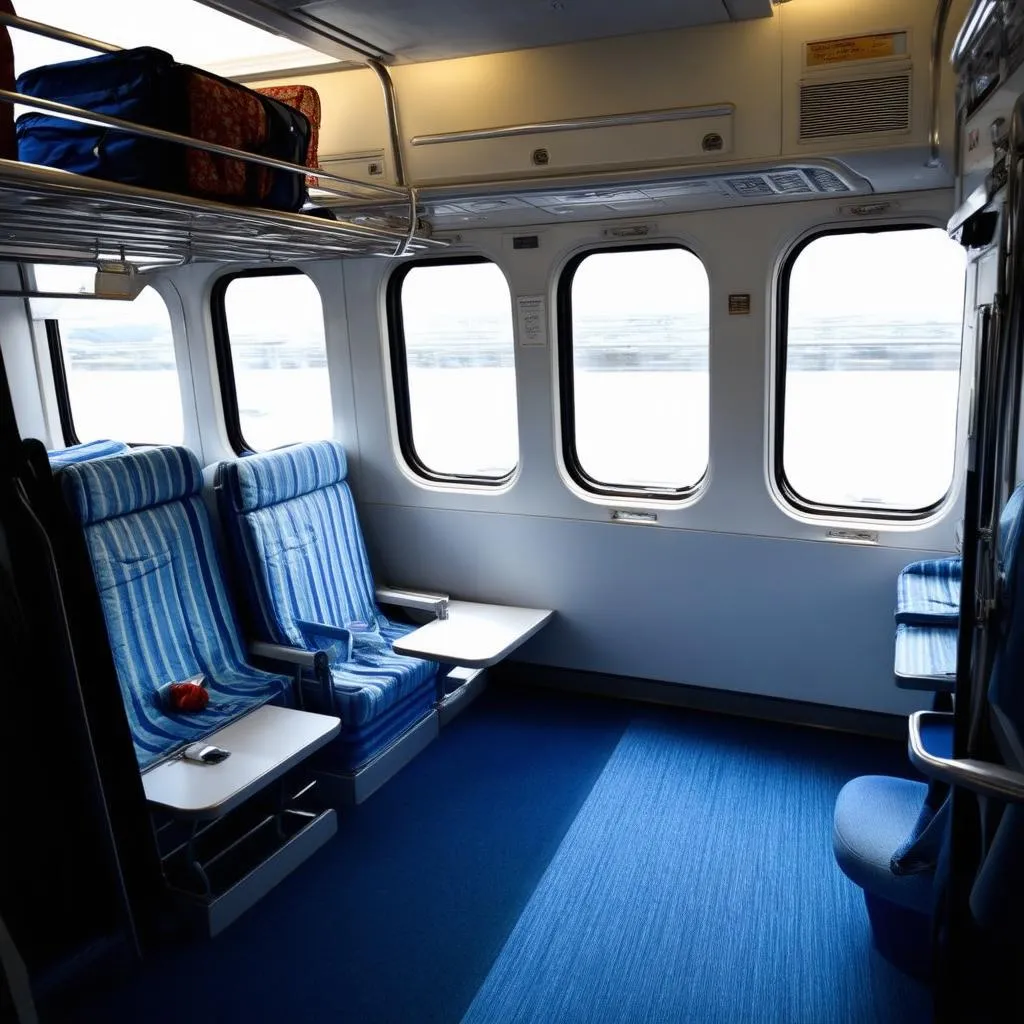Have you ever dreamed of traveling between cities at lightning speed, watching the countryside blur by like a time-lapse video? That’s the allure of bullet trains, and it’s a reality in many parts of the world. But just how fast can these marvels of modern engineering go?
The Need for Speed: Unpacking Bullet Train Velocity
The term “bullet train” itself conjures images of sleek, futuristic vehicles hurtling along dedicated tracks. While the name might be a bit dramatic, the speeds certainly are not. The fastest bullet trains can reach astonishing velocities, often exceeding 200 miles per hour (320 kilometers per hour). To put that into perspective, imagine traveling from New York City to Washington D.C. in under an hour!
Factors Influencing Top Speed
While the technology exists to propel bullet trains at even higher speeds, several factors come into play when determining operational velocity:
- Track Design: Curves, grades, and track conditions all influence how fast a train can safely travel.
- Train Technology: Engine power, aerodynamics, and braking systems all play a role.
- Safety Regulations: Stringent safety standards dictate speed limits to ensure passenger well-being.
- Environmental Considerations: Noise pollution and energy consumption are factors in setting speed limits.
Around the World in a Flash: Notable Bullet Train Speeds
Let’s take a journey across the globe to explore the remarkable speeds achieved by different high-speed rail systems:
- Japan’s Shinkansen: Known for its legendary punctuality, the Shinkansen boasts a top operating speed of 320 km/h (200 mph) on the Tokaido Shinkansen line connecting Tokyo and Osaka.
- China’s CR400AF/BF: Claiming the title of the world’s fastest operating train, the “Fuxing Hao” has reached speeds of 350 km/h (217 mph) during testing.
- France’s TGV POS: Holding the world record for the fastest wheeled train, the TGV POS achieved a staggering 574.8 km/h (357 mph) during a 2007 test run.
 Shinkansen Bullet Train in Japan
Shinkansen Bullet Train in Japan
Planning Your High-Speed Adventure: Tips for Bullet Train Travel
Ready to experience the thrill of bullet train travel firsthand? Keep these tips in mind when planning your trip:
- Book in Advance: Especially during peak seasons, reserving your tickets well ahead of time is essential.
- Consider a Rail Pass: If you’re planning on multiple journeys, a rail pass can save you money compared to purchasing individual tickets.
- Pack Light: Bullet trains have limited luggage space, so pack efficiently.
- Arrive Early: Navigating stations and security checks can take time, so arrive with ample buffer.
- Enjoy the Ride: Sit back, relax, and soak in the experience of high-speed rail travel.
 Modern and Spacious Bullet Train Interior
Modern and Spacious Bullet Train Interior
FAQs: Answering Your Bullet Train Queries
- Are bullet trains safe? Yes, bullet trains are renowned for their exceptional safety records, with stringent safety protocols and advanced technology ensuring passenger well-being.
- How much do bullet train tickets cost? Ticket prices vary depending on factors like distance, class of service, and time of booking. It’s best to check with specific rail operators for accurate pricing.
- Are there food and beverage options on board? Most bullet trains offer onboard food and beverage services, ranging from snacks and drinks to full meals.
Conclusion
Bullet trains have revolutionized travel, offering an efficient and exhilarating way to traverse long distances. Whether you’re captivated by the cutting-edge technology or simply seeking a comfortable and scenic journey, these high-speed marvels are an experience to behold. So why not embark on a bullet train adventure and witness the future of transportation firsthand?